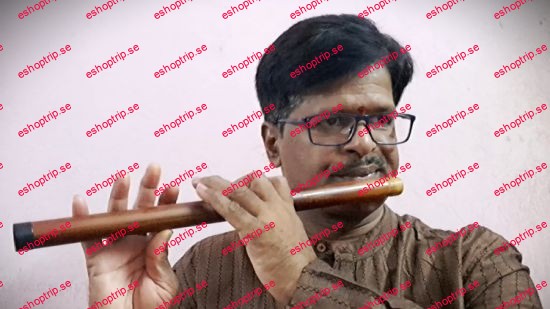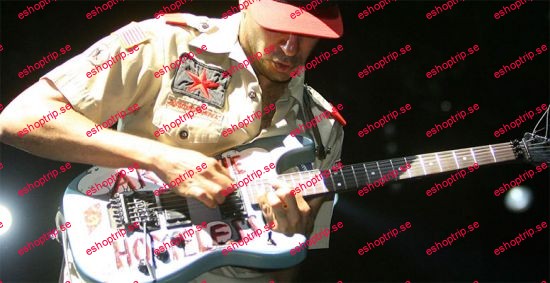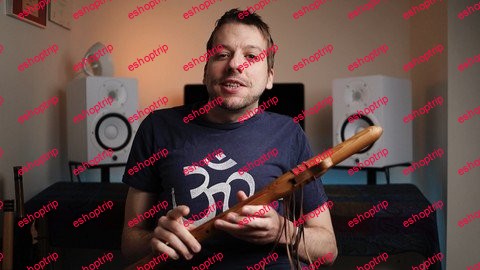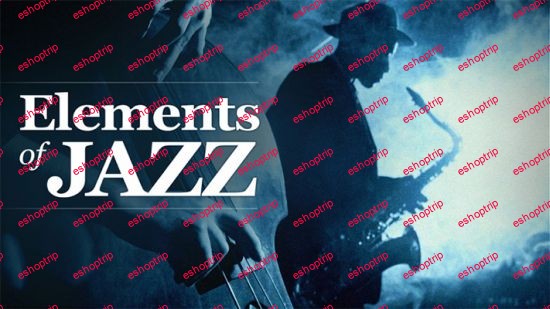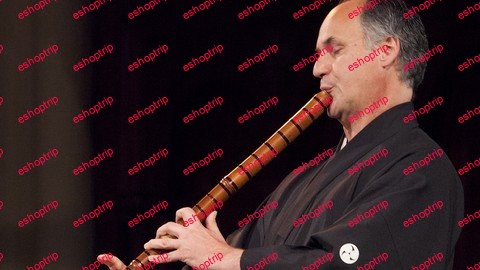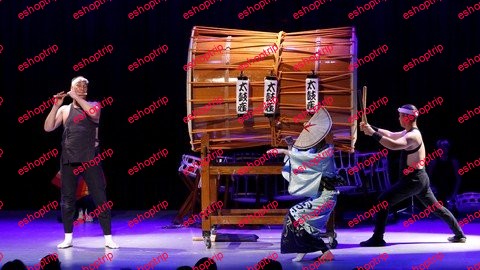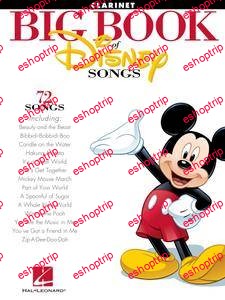Published 7/2024
MP4 | Video: h264, 1280×720 | Audio: AAC, 44.1 KHz, 2 Ch
Language: English | Duration: 52m | Size: 1.1 GB
Virtual learning course of ALAIPAAYUDE KANNA in Kaanada Raagam of Adi Thalam on FLUTE
What you’ll learn
Students who are interested to learn Semi Classical or Devotional Songs can learn through this course
Students can learn the Half Notes on Flute.
Students need to note down the notations physically which helps their offline practice.
Students can understand 12 different notes known as “Dwadasa Swara Sthanas” of Carnatic Classical Music.
Students those are looking to learn the compositions of Classical Music. This course is for all the level learners and it needs a proper training
Requirements
Students can easily pick up the fingering skills by learning line by line of the compositions
Students can practice and play along while watching the fingering and notations simultaneously.
Description
Oothukkaadu Venkata Kavi (c. 1700-1765) or Oottukkaadu Venkata Subramanyar was one of the pioneering composers in Indian classical Carnatic music. He lived in South India in the present-day state of Tamil Nadu. Also known by the name Oothukkaadu Venkatasubramaniya Iyer, he composed hundreds of compositions in Sanskrit and Tamil of which over 500 are available. These were handed down from generation to generation by the descendants of the composer’s brother’s family.Venkata Kavi’s compositions reveal that he was a complete master of the science and art of music in all senses of the term – melody, rhythm, and lyrics. He was fluent in Sanskrit and Tamil. Renowned for his rare depth, scholarship and sublime appeal, he was proficient in a variety of musical forms such as the kriti, tillana and kaavadicchindu. He used taalas and themes that many other Carnatic composers had or have not. His compositions are a blend of a high degree of scholarship on a variety of subjects and inspired expression. During a lecture demonstration on the composer by Needamangalam Krishnamurthy Bhaagavatar in December 1955, The Music Academy Madras Experts’ Committee noted that “Venkata Kavi’s compositions filled a gap between Purandara Dasa (1484-1564) and the Carnatic Music Trinity of Tyaagaraaja, Muthuswami Dikshitar and Shyama Shastri, who lived around 1760s-1840s.While he has rightfully been acknowledged as one of the greatest composers on Krishna, Venkata Kavi composed hundreds of pieces on other deities too. Several pieces also reveal his humility, reverence for the great personalities before his times, and the high state of bliss that he probably experienced almost ceaselessly. His works scarcely contain autobiographical notes but show that he had reached great spiritual and philosophical heights. Deeper studies have dispelled myths about some of his compositions such as, for example, “Alaipaayude kannaa” (raaga: Kaanada) being autobiographical. They have also shown that this and numerous other pieces on Krishna in lilting Tamil were parts of an opera based on the Bhaagavatam. His works also reveal the proximity and deep devotion that he felt towards Krishna.Meaning of the composition Alaipayuthey Kanna…The woman stands in the meadow, looking for her beloved flautist, longing and filled with sadness. The soothing melody of the flute helps to calm her restless heart. she desires to reunite her in a tranquil forest where he will make her feel alive again. Her feelings range from intense love to doubt and jealousy as she questions the fairness of life. Her heart rises and falls in a cycle of love, sorrow and hope as she awaits his return.The poet-composer Oothukadu Venkata Subbaiyer (c. 1700-1765) conveys a longing for spirituality in his Kriti ‘Alai Payude Kanna’. Here he depicted Radha’s waiting for Krishna is symbolic of bhaktas’ desire for union with the divine. We beg for Moksha, just as she begs for union. It is like a release from this cycle of birth and death so that we may be united with the divine.The flute’s melody takes one into a meditative state. This evokes feelings of grief and doubt due to jealousy and lack of faith. The restless mind constantly seeks the Lord like an ocean’s never-ending waves. Though the material world distracts her from her spiritual goal, she never stops believing in true love. The song ends on a beautiful note of hope for union with Him. From Radha’s struggle and longing to our own, ‘Alai Payuthe Kanna’ reminds us that we will be reunited one day with what we seek.The composer expresses sadness in Raga Kanada by using a melody that follows the movement of waves, with rising and falling notes.Devotees perform this composition as part of devotional concerts and is one of the most beloved Carnatic songs today.Saahithyam (Lyric) of Alai paayudERaagam: KaanaDa22 kharaharapriya janyaAa: S R2 G2 M1 P M D2 N2 SAv: S N2 S P M1 P G2 M1 R2 SThaaLam: AdiComposer: OotukkaaDu VenkaTasubbaiyyarLanguage: TamilPallavi:Alai pAyudE kaNNA en manam migha alai pAyudEun Ananda mOhana vEnugAnamadilAnupallavi:Nilai peyarAdu shilai pOlavE ninranEramAvadariyAmalE migha vinOdamAna muralIdharA en manam (alai)CharaNam:TheLinda nilavu paTTappaghal pOl eriyudE un dikkai nOkki enniru puruvam neriyudEkaninda un vENugAnam kATril varugudE kaNgaL shorugi oru vidham varugudEkaditta manattil urutti padattai enakku aLittu magizhtta vA oru tanitta vanattil aNaittu enakku uNarccikoDuTTu mugizhtta vA kalai kaDal alaiyinil kadiravan oLiyena iNaiyiru kazhal-enakkaLittavAkadari manamuruga nAn azhaikkavO idara mAdaruDan nI kaLikkavO idu taghumO idu muraiyOidu dharumam tAnO kuzhal UdiDum pozhudu AdiDum kuzhaigaL pOlavE manadu vEdanai mighavODu(alai)
Who this course is for
This is for students those are looking to learn the Semi Classical or Devotional songs in Music. This course is for all the levels of learners and it needs a basic training in music but not completely classical way of learning.
Homepage
https://www.udemy.com/course/learn-carnatic-flute-gems-of-classical-music-vol-3/
